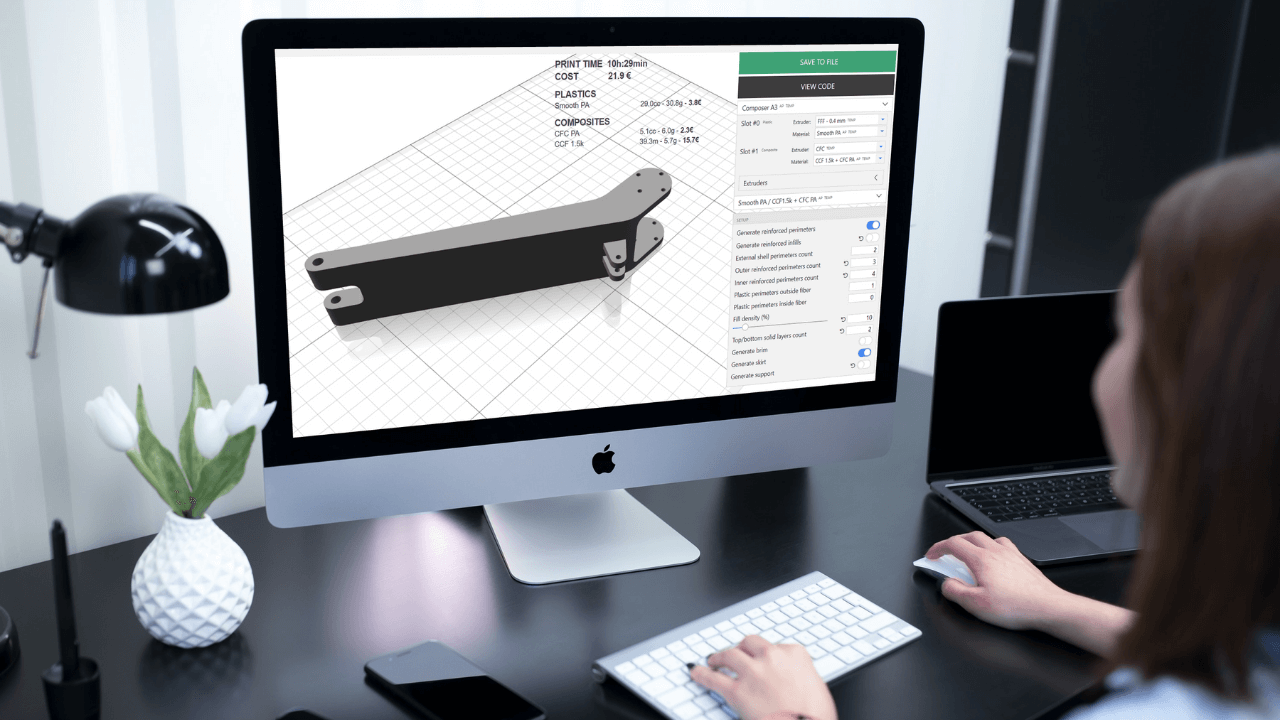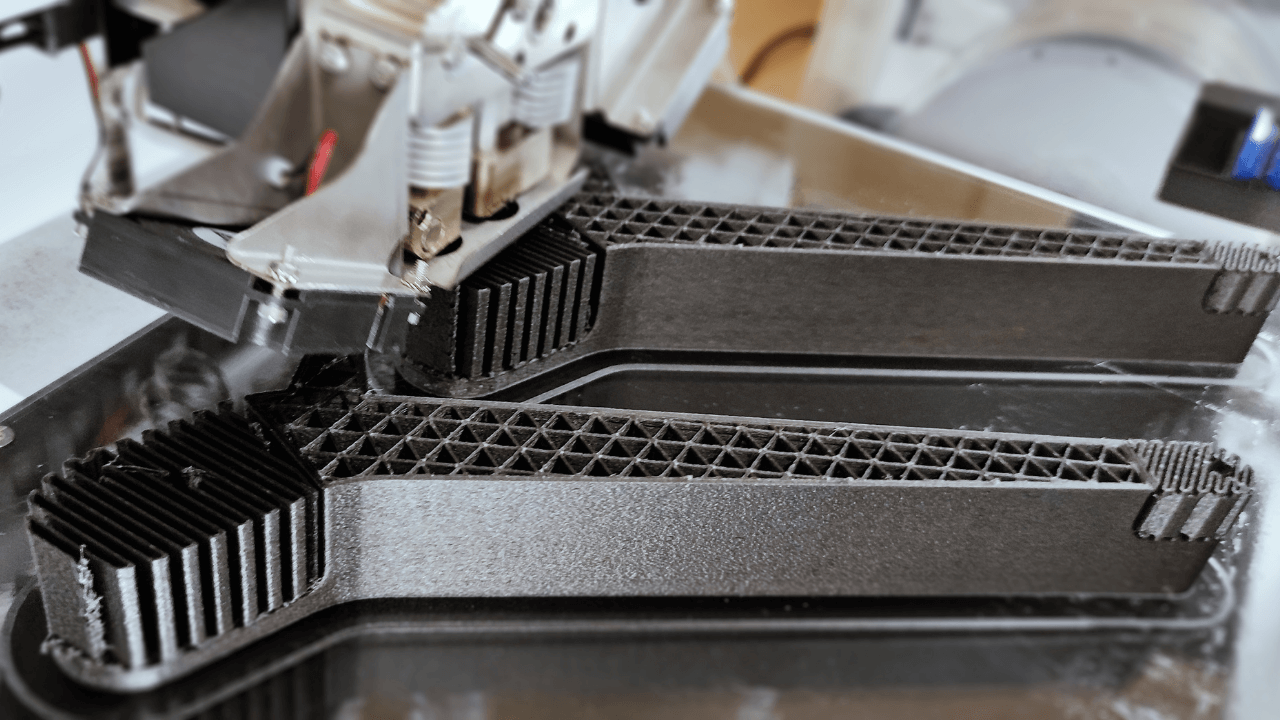The moon rover was assembled and tested at the simulated lunar environment of the LunaLab in the University of Luxembourg last week (21/09) and exhibited today (27/09) on DemoDay.
Kepler team that developed the rover is the winner of the “Configure and test a DIY lunar rover” challenge at ActInSpace-Luxembourg hackathon 2020 edition. The solution of this challenge was a configurator that provides ready-to-use designs thus reducing the overall production time of a moon rover by up to 20%. For nine months the team worked entirely online and was dispersed in four different countries. During that time Kepler configured, designed, and produced a moon rover prototype. During that time the team was supported by experts of the Space Robotics Research Group from SnT and Technoport to fine-tune the solution of the SnT challenge and produce the moon rover prototype.

Continuous Fiber Coextrusion is the core technology for creating lightweight and durable composite parts that make up a fair substitution of metal ones while saving time and cost.
The advantages of continuous fiber-reinforced composites, flexible material choice, high durability and small weight, pave the way to a number of industrial uses where mass counts. Aerospace is one of such industries, as extra mass creates a lot of expenditure due to fuel consumption and many other factors. With the rover, the main challenge was to make a robot with a mass under four kilograms, and 3D printed composites were an ideal option, so the team turned to anisoprinting for light weight and high strength.
The solution included remodeling two suspension parts — a wheel mount and control arm — for layering reinforcing fibers and ensuring strength and durability.
Anisotropic materials exhibit a large potential for topology optimization
“Application cases we deal with primarily come from areas where isotropic materials proved ineffective, which means we always change the design for anisotropic reinforcement, both geometry and weight count here. Composite 3D printing has a large potential for aerospace, and we help people explore it and get maximum benefit from the technology” —explains Aleksey Ivanov, Anisoprint application engineer.

There was chosen carbon fiber for reinforcement as the lightest option and SmoothPA for achieving a polished surface. The resulting weight of the parts is as small as 64 grams for the control arm and 24 grams for the wheel mount as there was used only 15% infill (see lattice structure below).

About Anisoprint:
Anisoprint is a hardware startup producing 3D Printers that allow to manufacture continuous fiber reinforced plastic parts that can substitute metal ones in aerospace, engineering and many other areas along with cutting costs and increasing productivity.
Continuous Fiber Coextrusion (CFC), the technology that was developed and patented by the company, allows to create lattice structures, which is the key for multimaterial optimization and production. Such parts are lighter, stronger and cheaper than their metal analogs.
We are now on the cusp of a new industrial revolution that will end mass production in areas where individual goods or small batch goods are needed.